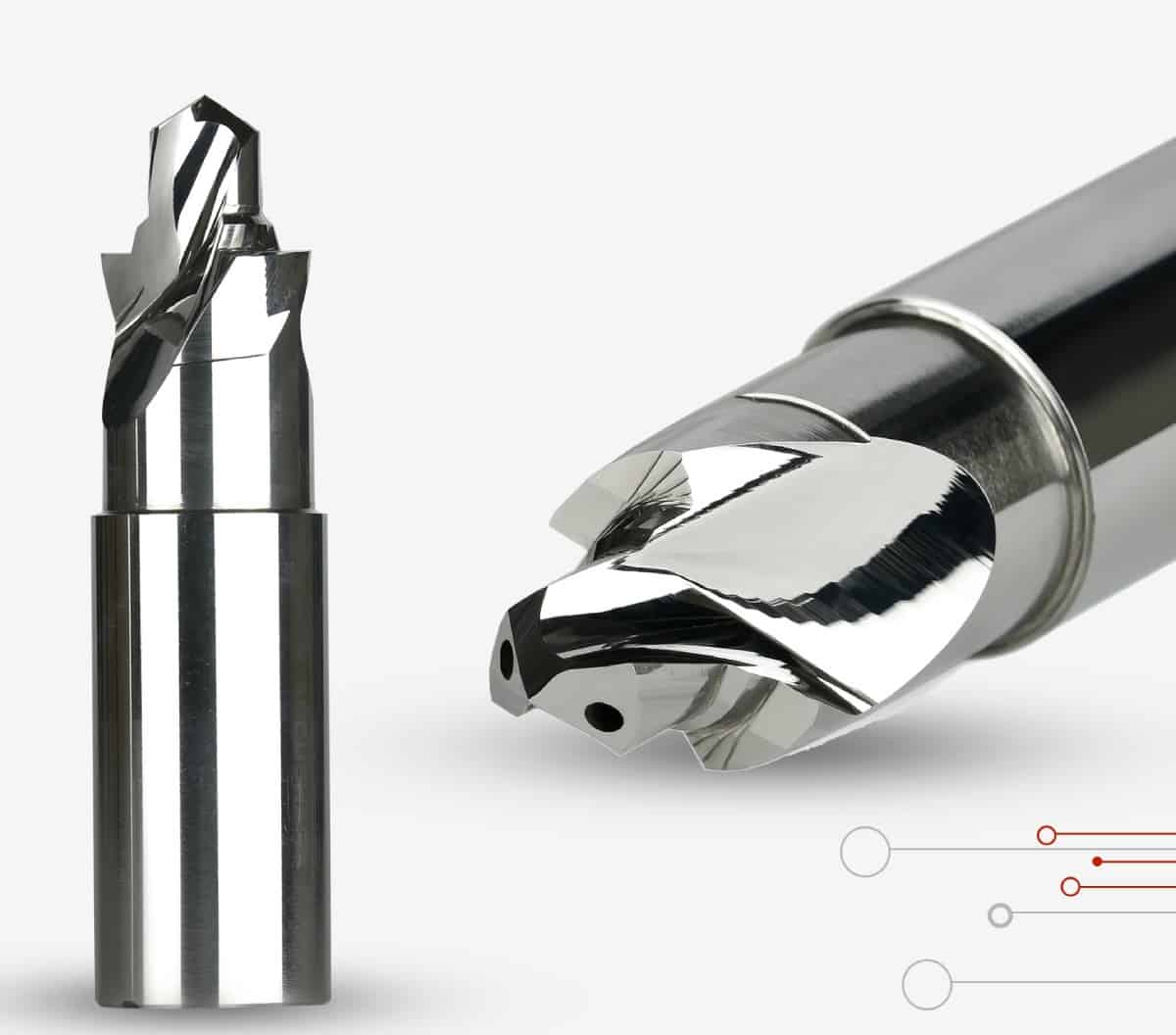The history of human civilization is marked by its ability to shape raw materials into usable items, and cutting tools have played an essential role in this process. This blog delves into the historical progression of cutting tools, from primitive stone implements to cutting-edge technology. These tools have left an indelible mark on various industries, advancing our capabilities and transforming the way we live and work.
The Early Days: Paleolithic and Neolithic Age
In the distant past, during the Paleolithic and Neolithic Ages, primitive humans relied on the intelligent use of stone and bone tools. These tools served multiple purposes, including protection and hunting. The ability to create and utilize these tools was a significant leap forward in human evolution. These early implements were vital for survival and laid the foundation for later advancements in tool technology.
The Bronze Age: A Leap Forward
With the advent of the Bronze Age, an alloy of copper and tin known as bronze revolutionized toolmaking. Bronze tools offered improved performance, marking a significant leap in the history of cutting tools. These advancements allowed humans to create more refined and sophisticated objects, marking a pivotal moment in the journey of tool development.
The Iron Age: Shaping Modern Civilization
The Iron Age brought forth the use of iron and steel, which propelled humankind toward modern civilization. Various forms of steel were developed for use as cutting tools, with high-carbon steel and high-speed steel (HSS) being the primary materials used. This era saw the rapid development of cutting tools and machinery to match the demands of World War I and II, pushing the boundaries of technology and innovation.
Modern Times: Ceramic Cutting Tools and Beyond
As civilization advanced, so did the tools that powered it. High-performance ceramic cutting tools and coated tools emerged, bringing alternative machining technologies that allowed for higher production rates while maintaining quality. These innovations marked a new era in the world of cutting tools, enabling industries to achieve precision and efficiency like never before.
Characteristics of a Cutting Tool
A cutting tool is an indispensable component of machining operations. To ensure optimal performance, a cutting tool must possess specific characteristics:
- High strength under compressive load.
- High transverse rupture strength.
- High hardness.
- Sufficient toughness.
- Adequate edge strength.
- High hot strength and hot hardness (the ability to retain strength and hardness at elevated temperatures).
- High chemical stability.
- Resistance to adhesion and diffusion.
- High thermal conductivity.
- High density.
- High elasticity.
- Easy availability and affordability.
Machining: The Art of Material Removal
Machining is a crucial manufacturing process, involving the gradual removal of excess material from a workpiece to create a finished product. It is represented by the M-T-F-W system, with M as the machine tool, T as the cutting tool, F as the fixture, and W as the workpiece material. The relative motion between the workpiece and the cutting tool results in material removal, transforming the unfinished workpiece into a finished one.
The Machinability Factor
The ease of machining, or machinability, is a key factor in determining the quality of a machining operation. It can be assessed through various parameters, including:
- Cutting force, torque, or energy requirement.
- Cutting temperature.
- Cutting tool wear and tool life.
- Surface quality.
- Chip formation.
High machinability is associated with low cutting force, torque, energy, and temperature, along with a low tol wear rate, high tool life, and excellent surface quality. Favourable chip formation is a sign of efficient machining.
The Future
As we look to the future, the evolution of cutting tools continues. High-end cutting tools like Solid Carbide Tools offer precision, speed, and versatility, making them an indispensable tool in various sectors, including manufacturing, aerospace, and healthcare. They have the potential to revolutionize the way we cut, shape, and engrave materials, opening up new possibilities and applications.
Conclusion
The evolution of cutting tools is a testament to human ingenuity and progress. From the early days of stone and bone implements to the sophisticated fiber laser technology of today, cutting tools have played a vital role in shaping our civilization. These tools have left an indelible mark on various industries, enabling us to achieve higher levels of precision, efficiency, and innovation. As we continue to push the boundaries of technology, the future of cutting tools holds exciting possibilities, promising to reshape industries and drive progress in ways we can only imagine. And, Accusharp as always promises to lead the mission of revolutionizing the cutting tool industry!


